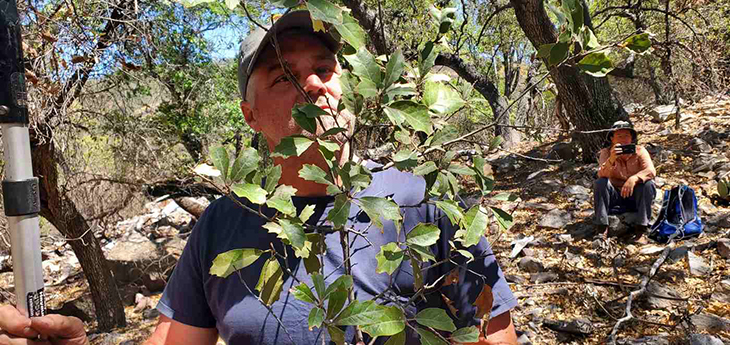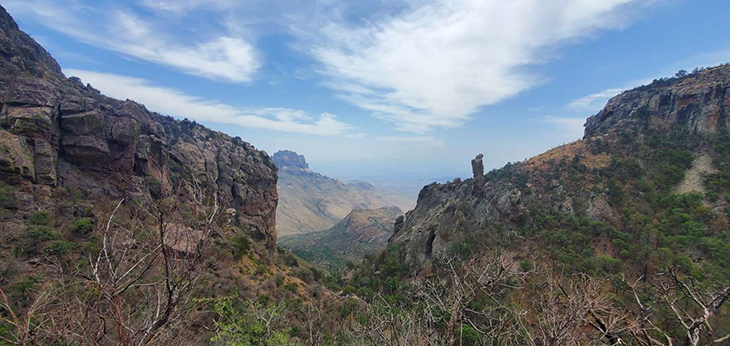
America’s national parks get millions of visitors per year, and for good reason. Aside from serving as more than havens for people to go for relaxation, or to protect the country’s unique and fragile landscapes, they are also strongholds of biodiversity.
A prime example can be found in Big Bend National Park in Texas, where a particular species of oak tree – previously declared extinct – has now been rediscovered.
This remarkable oak, also known as Quercus tardifolia – or the late-leaf oak – is a living relic of a bygone climatic era in Texas. During a time when the Lone Star State was wetter and cooler, this oak species adapted by retaining its leaves throughout the winter and regenerating them usually late in spring.
As a result, it can only thrive in the north-facing canyons of Big Bend National Park Chisos Mountains, where there is ample shade and moisture.
A scientist with the San Antonio Botanical Garden’s Rare Plants and Conservation program, Michael Eason, went into Big Bend alongside his team of botanists in the hopes of finding a late-leak oak.
Eason explained to NPR, “The Tardifolia, the one that nobody could ever find, was sort of a—I wouldn’t say a missing link—but we were trying to figure out ‘where does this sit?’”
Collecting leaf samples from an area called Boot Canyon, Eason sent these specimens to the Morton Arboretum for thorough analysis. When the microscopy results arrived, they confirmed Eason’s suspicions, that Quercus tardifolia still existed.

Scouring the slopes of Boot Canyon, Eason and his team successfully located two of these supposedly extinct oaks. They carefully collected branches and grafted them onto oak rootstock back at the San Antonio Botanical Garden. Additional specimens were discovered in canyons situated on privately owned ranch lands in the surrounding vicinity.
He said, “It’s definitely a highlight of the career finding something that was presumed extinct. There’s definitely elation when we found it that first day, I was pretty emotional. I don’t think anyone thought that we would find two, and I don’t think anyone ever thought that we would be looking at other populations on private land.”
Currently, Eason’s greenhouse boasts a considerable number of these oaks, and he is actively distributing seedlings to botanic gardens across the nation to ensure the preservation of this species. This remarkable rediscovery underscores the vital role national parks play in safeguarding biodiversity and the natural heritage of the country.
What are your thoughts? Please comment below and share this news!
True Activist / Report a typo


